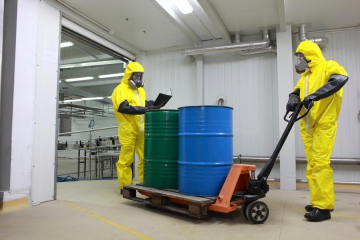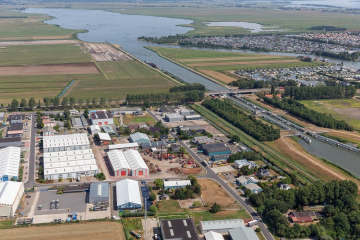As you begin working on your RY2024 Toxic Release Inventory (TRI) calculations and reports, it is important to consider the rule changes that will impact your RY2024 TRI reports due on July 1, 2025. The main changes for TRI for RY2024 are related to the per-and polyfluoroalkyl substances (PFAS) included on the TRI chemical list. In addition, there were changes in the de minimis levels for additional chemicals and a new category was added to the TRI chemical list.
For RY2024, an additional seven PFAS have been added to the TRI chemical list:
- Perfluorohexanoic acid (307-24-4),
- Perfluoropropanoic acid (422-64-0),
- Sodium perfluorohexanoate (2923-26-4),
- Ammonium perfluorohexanoate (21615-47-4),
- 1,1,1-Trifluoro-N-[(trifluoromethyl)sulfonyl] methanesulfonamide (82113-65-3),
- Lithium bis[(trifluoromethyl)sulfonyl] azanide (90076-65-6), and
- Betaines, dimethyl(.gamma.-.omega.-perfluoro-.gamma.-hydro-C8-18-alkyl) (2816091-53-7).
Another change this year is that all 196 PFAS chemicals have been designated as a “chemical of special concern”. This means that PFAS chemicals no longer have a de minimis exemption, cannot be reported using the Form A Certification (the simplified form), or can no longer use some range reporting when reporting the releases. The reporting thresholds for each of the listed PFAS chemicals remains to be 100 pounds for manufacturing, processing, or other use of the chemicals at your facility.
In addition to the PFAS reporting updates, EPA has updated the de minimis levels for a few chemicals. The de minimis levels for some cobalt compounds (N096) including soluble cobalt (II) salts and cobalt (II) oxide and some antimony compounds (N010) including trivalent antimony have changed from 1% to 0.1% since these chemicals are now classified as carcinogens by the International Agency for Research on Cancer.
They have also added a diisononyl phthalate (DINP) category (N125) to the TRI chemical list. This category includes branched alkyl di-esters of 1,2-benzenedicarboxylic acid in which alkyl ester moieties contain a total of nine carbons.
If you have a TRI-listed NAICS code, have more than 10 full-time employee equivalents, and determine that TRI chemicals are being manufactured, produced, or are otherwise being used at your facility, you should complete an evaluation to determine if you exceed the reporting threshold. The EPA has put together applicable TRI guidance documents on the new and/or emerging TRI chemicals. The EPA asks for facilities to file an accurate and complete Form R or Form A and requests that voluntary revisions be submitted based on previously unavailable information or procedures, which improves the accuracy of the data initially reported.
If you have any questions about TRI reporting or the applicability of PFAS, please feel free to contact us directly, or attend our live Q&A with Kara and Friends on May 13, 2025.
Want more news and insights like this?
Sign up for our monthly e-newsletter, The New Leaf. Our goal is to keep you updated, educated and even a bit entertained as it relates to all things EHS and sustainability.
Have any questions?
Contact us to discuss your environment, health, safety, and sustainability needs today.






